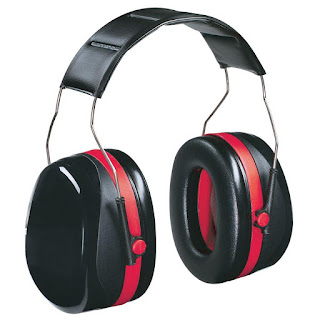About Safety Earmuffs and Hearing Protection

Safety earmuffs are an essential part of safety gear. They are useful for construction workers, for airport workers servicing the runways and for all people working in high-noise environments. These pieces of safety equipment protect your ears and hearing ability, which can be permanently lost unless appropriate protection measures are taken. Learn more about the types and uses of these pieces of safety gear. Industrial earmuffs are produced in line with safety regulations. These regulations may differ from one country to another so it is essential for buyers to check whether they can use models from a specific brand in their country. This is particularly applicable to those shopping online. Earmuffs are divided into classes in terms of the hearing protection that they offer. Models from classes 1 to 3 are usually not designed for industrial use. Models from class 4 and class 5 are designed as industrial safety gear. In general, class 5 models offer the highest


